Cattle, greenhouse gases and the case for better methane metrics
Why the global warming potential of methane emissions from cattle production needs a closer look
Few words in the English language are more attention-grabbing — or more contentious — than “sustainability.” With climate change and environmental issues always in the news, people around the world are becoming more interested in improving the sustainability of their own lives. For many, thinking more critically about the environmental impacts of the foods and beverages they consume is a natural starting point.
Sustainability, however, can mean different things to different people. So, what constitutes a truly sustainable diet — and can it include meat, milk and other animal-sourced foods?
The Food and Agriculture Organization of the United Nations (FAO) published a report in 2012 that defined sustainable diets as diets “with low environmental impacts which contribute to food and nutrition security and to healthy life for present and future generations.”
According to the FAO, sustainable diets are:
The UN describes a sustainable food system as one that achieves food and nutrition security today and helps contribute to food and nutrition security for future generations. The organization highlighted the importance of seeking sustainability in three dimensions — environmental, economic and social — at every stage of a food system, from agricultural production, processing and retailing to consumption.
In 2019, the FAO and the World Health Organization (WHO) jointly published guidelines for sustainable, healthy diets that highlighted the importance of a diet that is “balanced across food groups” — including “moderate amounts of eggs, dairy, poultry and fish and small amounts of red meat.”
Notably, those guidelines also stated that “sustainable healthy diets must combine all the dimensions of sustainability to avoid unintended consequences.” Along with environmental responsibility, the dimensions of sustainability outlined by the FAO and the WHO include socio-cultural acceptance, ease of access, affordability, equitability, and a person’s physical and mental health and well-being.
For many people around the world, animal-sourced options — including meat and milk — check most of those boxes, as they not only help sustain the health of human beings but are also widely accessible, generally affordable and can actually benefit the environment when produced responsibly.
There have never been more dietary options available than there are now. No matter what people choose to eat, though, every diet should incorporate foods and beverages that are nutritious and healthy and that offer the energy necessary to get a person through the day.
Unfortunately, many people across the world do not currently have access to affordable diets that also sustain their health. In fact, a recent United Nations report stated that about 2.33 billion people faced moderate to severe food insecurity in 2024. With a world population of 8 billion, that’s nearly one in four people regularly going hungry.
In some countries, government officials are working to combat this crisis by improving access to healthy options — including milk, which is a primary source of protein for many people, especially if they don’t eat meat for religious and/or cultural reasons.
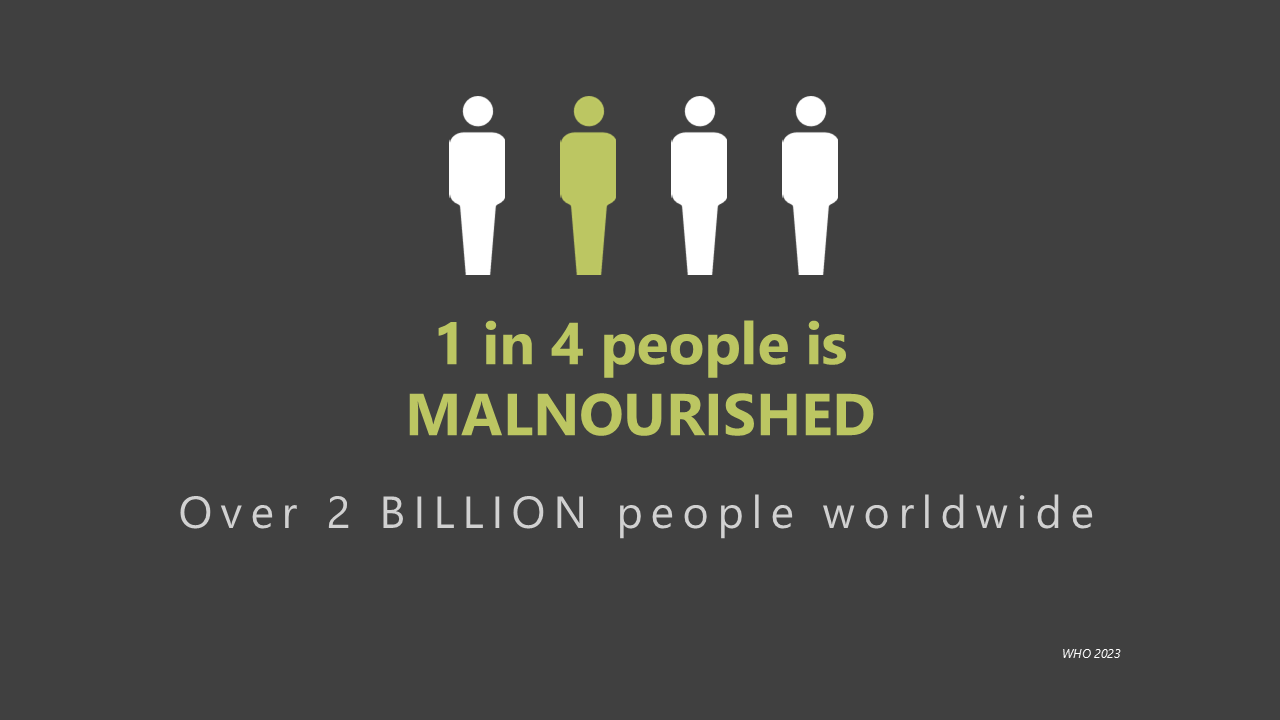

Unfortunately, many people across the world do not currently have access to affordable diets that also sustain their health. In fact, a recent United Nations report stated that about 2.33 billion people faced moderate to severe food insecurity in 2024. With a world population of 8 billion, that’s nearly one in four people regularly going hungry.
In some countries, government officials are working to combat this crisis by improving access to healthy options — including milk, which is a primary source of protein for many people, especially if they don’t eat meat for religious and/or cultural reasons.
Consider India, which accounts for a staggering one-third of the global burden of under-nutrition, according to the WHO. The vast majority of Indians are Hindu, a religion that forbids killing cows or eating beef. Milk, however, is considered “a life-giving liquid” for India. It provides vitamins and minerals like calcium, iron, and vitamins B, D and K, and it is one of India’s few culturally acceptable sources of protein. On top of these nutritional benefits, the growing Indian dairy sector also serves as an important source of income for many.
Today, the Indian government has promotes milk consumption by supporting the distribution of milk to schoolchildren. Recent research vividly illustrates how this not only prevents malnutrition but improves overall health, development and even cognitive ability. Since hungry and cognitively stunted children often have trouble with learning, the simple act of daily milk supplementation boosts their ability to succeed in school and sets them up for success later in life.
By meeting multiple dimensions of sustainability, as set forth by the WHO and FAO, milk is a highly sustainable option, especially in particular regions and cultures.
But what about the environment? Cows are often decried as one of the most environmentally unfriendly species on the planet — so how could milk and beef possibly be considered sustainable?
Adjusting the lens through which cows are seen reveals how they can be an asset for the Earth. For one thing, cows recycle — or, rather, they “upcycle.” This involves eating and digesting plant byproducts such as soybean meal, beet pulp, cotton seeds, brewers’ grains and citrus pulp, all of which are undigestible by humans and might otherwise be discarded in landfills or left to rot in fields, producing harmful methane. They also eat food waste like vegetable peels, leftover grains, fruit pulp or other byproducts of food processing, which contribute additional nutrients to their diets. By eating and digesting these items, cows upcycle them into nourishing milk and meat for humans— along with products such as gelatin, insulin, cement, adhesives, asthma medications, violin strings, cosmetics and crayons.
Cows have been proven to help capture and store carbon through the simple act of grazing. Carbon sequestration, as explained by the U.S. Geological Survey, is the process of capturing and storing carbon dioxide from the atmosphere. Carbon dioxide (CO2) has a major impact on the environment — but carbon sequestration reduces the amount of carbon dioxide in the atmosphere.
Recent research has shown that cows can sequester a significant amount of carbon on the land they graze. In a long-term study still underway at the Archbold Biological Station, located on the 10,000-acre Buck Island Ranch in Lake Placid, Florida, ecologists and ruminant nutritionists have developed a model for estimating the annual carbon footprint of the ranch. The results have shown that the presence of cows grazing the land allows the soil at Buck Island to sequester more carbon each year than it emits, making the ranch a net carbon sink.
Based on these results, and contrary to popular belief, cow operations can be not only carbon neutral but net positive in terms of sequestering greenhouse gases — another way that cow-produced foods are part of a sustainable diet.
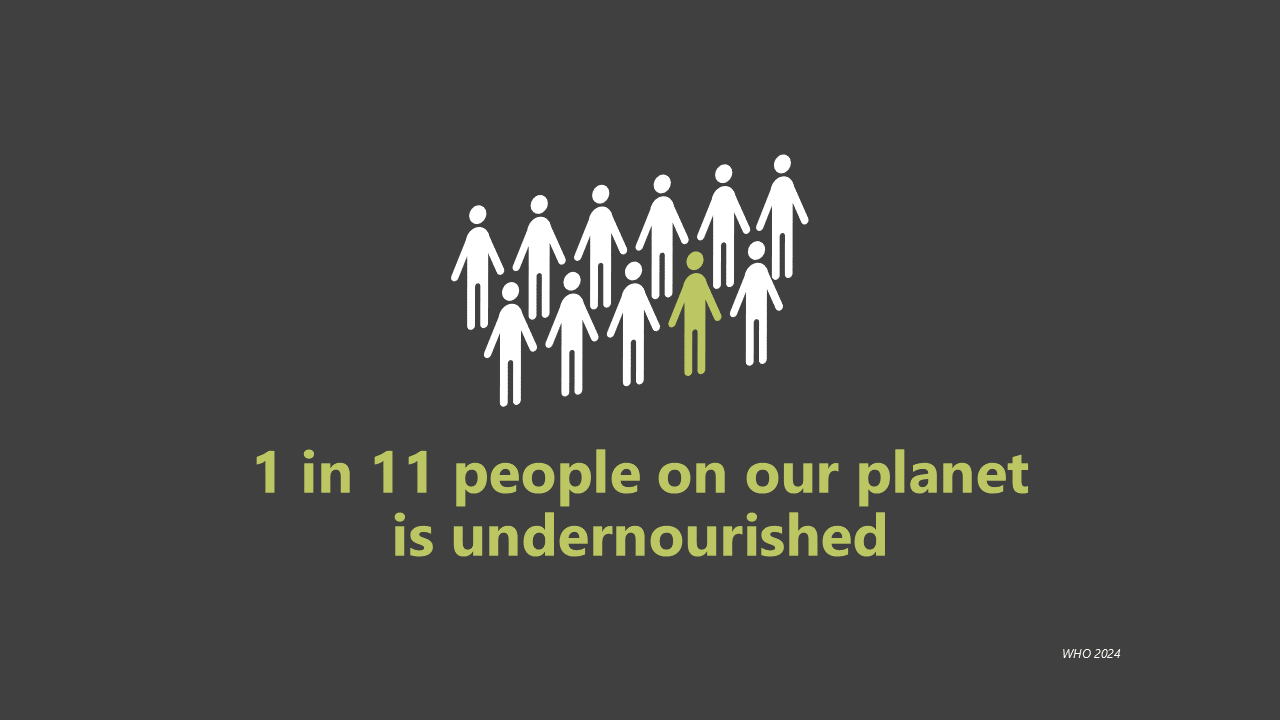
In a report about the Second International Conference on Nutrition (ICN2), co-hosted by FAO and WHO, it was noted that mainstream global food systems currently “jeopardize current and future food production and fail to nourish people adequately”. The challenge of creating a more sustainable food system that gives people better access to healthy and nutritious products can seem insurmountable, especially as the agri-food industry strives to keep pace with global population growth.

In a report about the Second International Conference on Nutrition (ICN2), co-hosted by FAO and WHO, it was noted that mainstream global food systems currently “jeopardize current and future food production and fail to nourish people adequately”. The challenge of creating a more sustainable food system that gives people better access to healthy and nutritious products can seem insurmountable, especially as the agri-food industry strives to keep pace with global population growth.
Despite the negative attention they often receive, cows can be part of the solution.
As efficient upcyclers that can also capture and store carbon through the simple act of grazing, cows can have a surprisingly positive impact on the environment. And the milk, meat and other byproducts we get from cows are extremely nourishing and widely accessible sources of many vitamins and minerals that human beings need to survive. All things considered, cows are a part of a sustainable diet, vital to nourishing people while also protecting the planet we share.
Why the global warming potential of methane emissions from cattle production needs a closer look
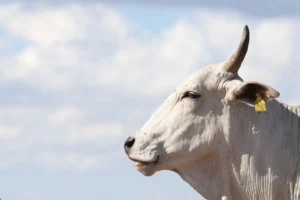
At COP30, the world’s eyes are on Brazil, and the cattle ranchers leading a global transformation.
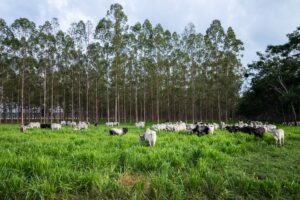
Restoring 40 million hectares of pasture could feed billions and ease pressure on the Amazon. Is the world paying attention?
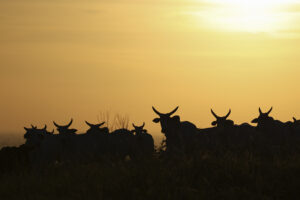
New mini-doc explores deforestation, food security and the Brazilian cattle sector’s path to a more sustainable future

Mention Brazilian beef, and you’re likely to spark discussion about familiar themes: deforestation, emissions and blame. What do we find when we dig deeper? Here are the answers to five top questions about Brazil’s role in protecting the Amazon and feeding the world.
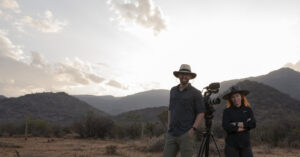
From science to the big screen: Discover how a single question grew into a global journey.
As climate change intensifies and the world’s population continues to grow, the pressure on our global food production system mounts. You can play an active role in shaping a more sustainable planet for future generations. Fill out the form below to learn more about how you can partner with us.
Receive notifications about the release date, new online content and how you can get involved